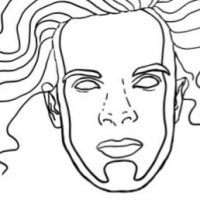Loopy Pro: Create music, your way.
What is Loopy Pro? — Loopy Pro is a powerful, flexible, and intuitive live looper, sampler, clip launcher and DAW for iPhone and iPad. At its core, it allows you to record and layer sounds in real-time to create complex musical arrangements. But it doesn’t stop there—Loopy Pro offers advanced tools to customize your workflow, build dynamic performance setups, and create a seamless connection between instruments, effects, and external gear.
Use it for live looping, sequencing, arranging, mixing, and much more. Whether you're a live performer, a producer, or just experimenting with sound, Loopy Pro helps you take control of your creative process.
Download on the App StoreLoopy Pro is your all-in-one musical toolkit. Try it for free today.
Multi-Velosity Sample Mapping Velosity Range Logic?
Hey all,
Am playing around with mapping samples to note and velocity ranges in BM3. I was just curious to know if there's any pre-established logic or standard practise to what velocity ranges the different layers should occupy, or whether linear or logarithmic mapping is more or less favourable.
Cheers,
Oscar



Comments
No rules really but i would normally split that, depending on how many velocity layers you want, in equal parts.
Each keyboard/midi controller will be a bit different and i always set the velocity curve myself depending on what i play.
Nothing i would bound into the sample mapping directly.
I think it's very dependent upon the sounds you're sampling. Perhaps the easiest and practical approach is to create a sequence with a range of velocities and see how much variation there is in the sound produced and do more sampling where a change in the velocity produces a more significant change in the sound. Conversely if you're coming from the perspective of using a particular controller and you want to keep its settings, you could tailor your velocity layers to match the controller's output.